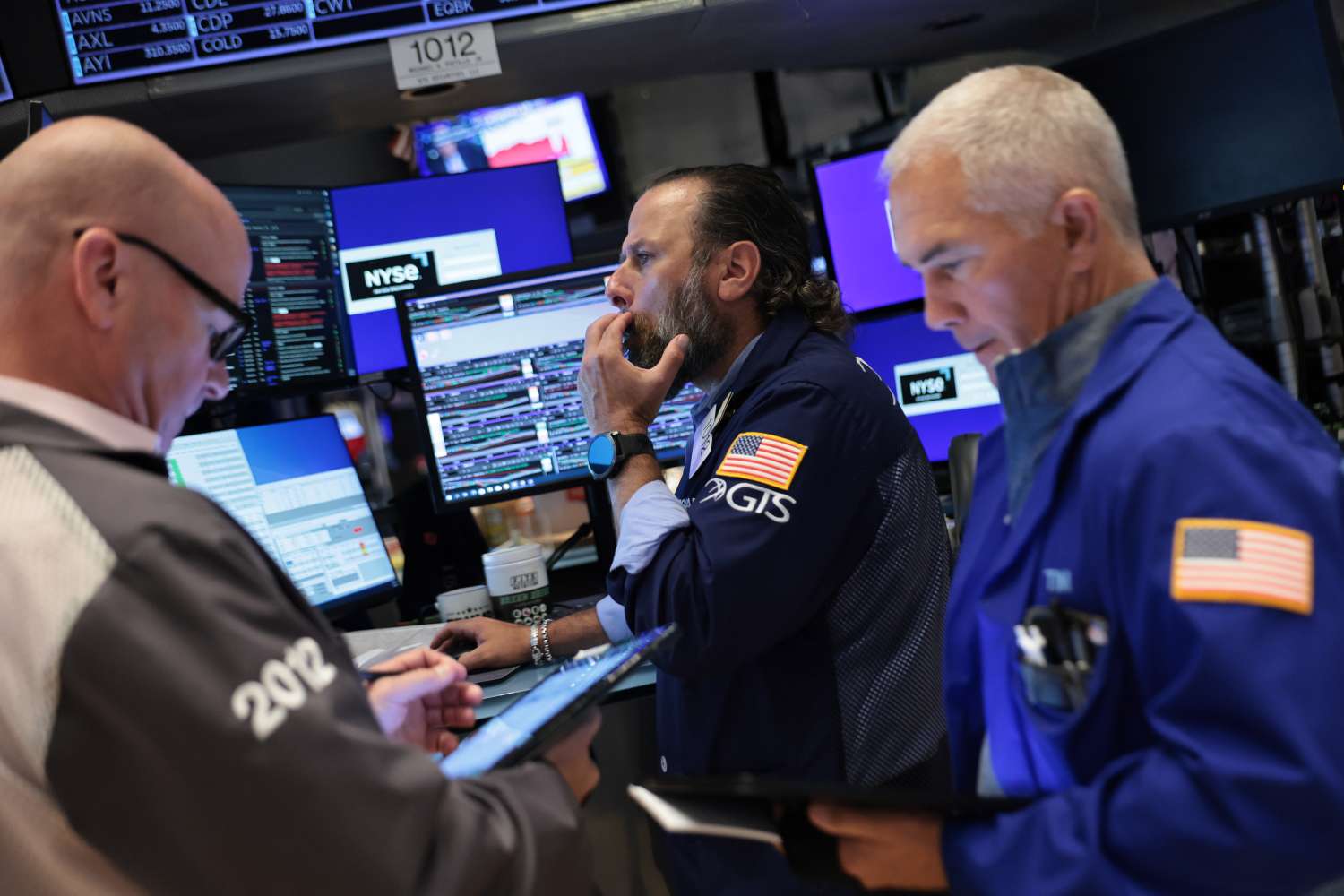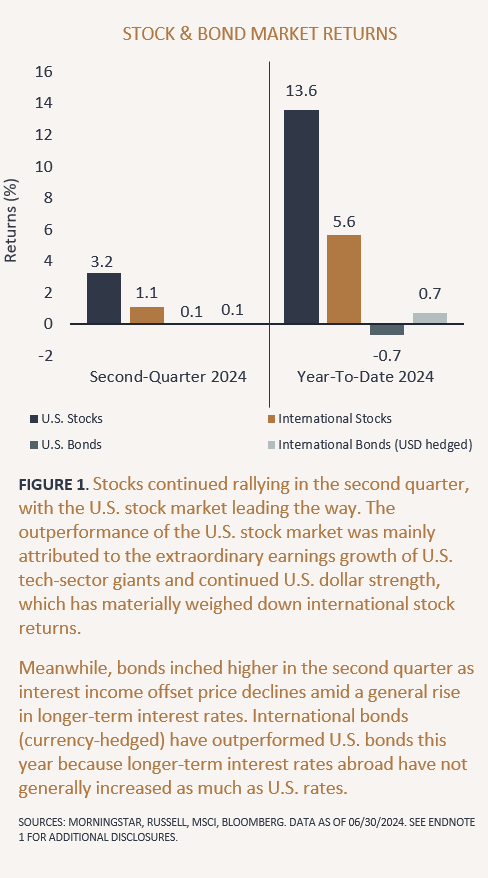A new era or just a longer pause?
In early July 2025, The Times published a provocative article declaring that the traditional U.S. business cycle—the alternating phases of rapid growth followed by painful recession—may no longer resemble what it once was. Analysts argue that the resilience demonstrated by the U.S. economy through multiple shocks in the last decade challenges conventional economic history. Instead of the familiar cycles of boom and bust, policymakers have repeatedly smoothed economic turbulence through aggressive intervention, calling into question whether the old playbook still applies.
While this view reflects a growing consensus among some investors and strategists, others caution that cycles are merely extended, not ended. Let’s dig into the forces reshaping—or remaking—the economic cycle.
1. The Historical Business Cycle: A Cyclical Legacy
Historically, U.S. and global economies have followed rhythmic patterns of expansion and contraction—commonly called business or boom‑and‑bust cycles. These cycles have varied in length from a few years to over a decade, with expansions often followed by recessions driven by financial shocks, overinvestment, inflation, or policy tightening. The National Bureau of Economic Research (NBER) defines recessions based on broad economic declines across indicators like GDP, incomes, industrial production, and employment—not merely two consecutive quarters of negative GDP.
The typical business cycle averaged around 56 months historically, and presidents from Herbert Hoover through Richard Nixon grappled with managing their seasonal volatility. Yet from the mid-1980s onward—during a period dubbed the Great Moderation—economists observed fewer and milder downturns.
2. The Resilient 21st Century Economy: Shocks Without Collapse
The U.S. economy has encountered several severe shocks in the last two decades. Most notably:
- The 2008 Global Financial Crisis, followed by extended recession.
- The COVID‑19 pandemic, which caused a shock of unprecedented scale but was followed by one of the fastest recoveries in history.
- Recent disruptions—from surging inflation to global trade instability and tariff shocks.
Under traditional models, each of these would have triggered prolonged and deep recessions. Instead, markets rebounded swiftly—as if buffered by invisible shock-absorbing mechanisms.
3. Supercharged Policy: Fed and Fiscal Firepower
Why such stability? The answer lies in coordinated policy response:
- The Federal Reserve has intervened with unprecedented speed—through aggressive interest rate cuts, quantitative easing (QE) totaling over $6 trillion since 2008—and adopted flexible, data-driven frameworks.
- On the fiscal front, U.S. administrations have deployed massive stimulus packages, including the $831 billion Recovery Act during the Great Recession and over $4 trillion in COVID relief.
These interventions have fortified consumer and corporate balance sheets, sustaining consumption, offsetting shocks, and maintaining confidence. Investors now view policy intervention itself as an economic safety net.
4. Is the Cycle Dead—or Just Delayed?
Perspective A: The Cycle Is Changing
The Times and others argue that the traditional boom‑and‑bust model may no longer be the default. Instead, the U.S. economy has adopted a new “steady-state” model, anchored by proactive policymaking and sustained capital deployment. If future recessions require truly catastrophic shocks—beyond the scale we’ve already seen—then mild downturns may become rare anomalies.
In parallel, BlackRock’s 2025 Global Outlook posits that the global economy has transformed via “mega forces”—AI, climate transitions, demographic shifts, geopolitical fragmentation, and financial digitization—that overwhelm cyclical patterns. According to them, conventional recession signals have already failed to materialize, supporting the idea that boom‑and‑bust is fading away.
Perspective B: The Cycle Is Merely Extended
Others argue the cycle hasn’t disappeared—it’s just postponed. Guggenheim Investments notes that massive stimulus and well-leveraged balance sheets have delayed the impact of tightening. But they expect stress to surface over time through rising delinquencies, commercial real estate weakness, and strained consumers.
Similarly, a skeptical view published in Barron’s argues that despite recent stability, boom‑and‑bust remains a fundamental feature of capitalist systems—and investors should not assume it has ended.
5. Risks That Could Reawaken the Cycle
Despite apparent calm, two main risks could alter the equation:
- Rising Inflation and Policy Limits: If inflation remains sticky or intensifies—especially amid trade tensions or tariff shocks—it may limit the Fed’s ability to ease policy or enact further QE. Eventually, borrowing costs could spike, and the system’s buffer weakens.
- Growing Government Debt: New legislation like the so-called Big Beautiful Bill threatens to significantly increase federal debt. High debt levels, if unaddressed, could erode confidence and hinder fiscal flexibility in future downturns.
If either risk crystallizes, the Fed and Treasury may be constrained—and a sudden shock could trigger renewed instability.
6. Signals and Indicators: Mixed Messages
Empirical data supports both interpretations:
- Recession frequency has declined: In the post‑1982 era, recessions became rare, and expansions stretched longer. In contrast, from 1854 to 1982, recessions occurred more often and were
- But volatility has not disappeared entirely. Real GDP growth variability and temporary downturns persist, albeit less dramatically than in earlier eras. Moreover, credit cycles—like rising household and corporate defaults—signal that cyclical pressures may be building beneath the surface.
7. The Expert Views: Optimism vs Skepticism
- BlackRock & Nouriel Roubini: Voices like Roubini have shifted from pessimism to cautious optimism. Roubini now forecasts U.S. growth doubling to 4% by 2030, driven by AI and fusion energy developments. He places recession odds at just 25%, given policy support and innovation—albeit warning of inflation and geopolitical
- Yet some macro-skeptics and bears remain. Even if mainstream pessimists soften, fringe warnings persist—highlighting valuation excess, hidden debt, and political risk as possible triggers for a dramatic downturn.
8. Strategic Implications: How Investors Are Shifting
If cycles are fading, the playing field changes:
- Investors are increasingly favoring long-term thematic investing—backing sectors aligned with AI, sustainability, infrastructure, and technology rather than broad cyclical trades.
- Some professionals caution continued defensive positioning—maintaining exposure to high-quality bonds, diversified equities, and reducing risk in tariff-vulnerable industries.
9. What’s Next? Key Watchpoints
- Economic Disruptions: Will the next major shock—whether geopolitical, financial, or climate-related—break through policy buffers?
- Debt and Fiscal Pressure: As public debt climbs, can fiscal support be renewed in future downturns without risking sovereign stress?
- Monetary Constraints: If inflation proves persistent or real rates remain elevated, will the Fed lose room to cut when needed?
- Structural Shifts: Mega forces such as AI or climate transition may usher in permanent structural expansion—or mask latent weakness.
Conclusion: Cycle Reinvented—Not Ended?
Are boom‑and‑bust cycles obsolete in modern U.S. economy? The argument has merit: proactive monetary-fiscal policy, resilient balance sheets, and transformative structural trends have certainly reduced recession frequency and severity—even defying predictions during the pandemic and inflation episodes.






Leave a Reply